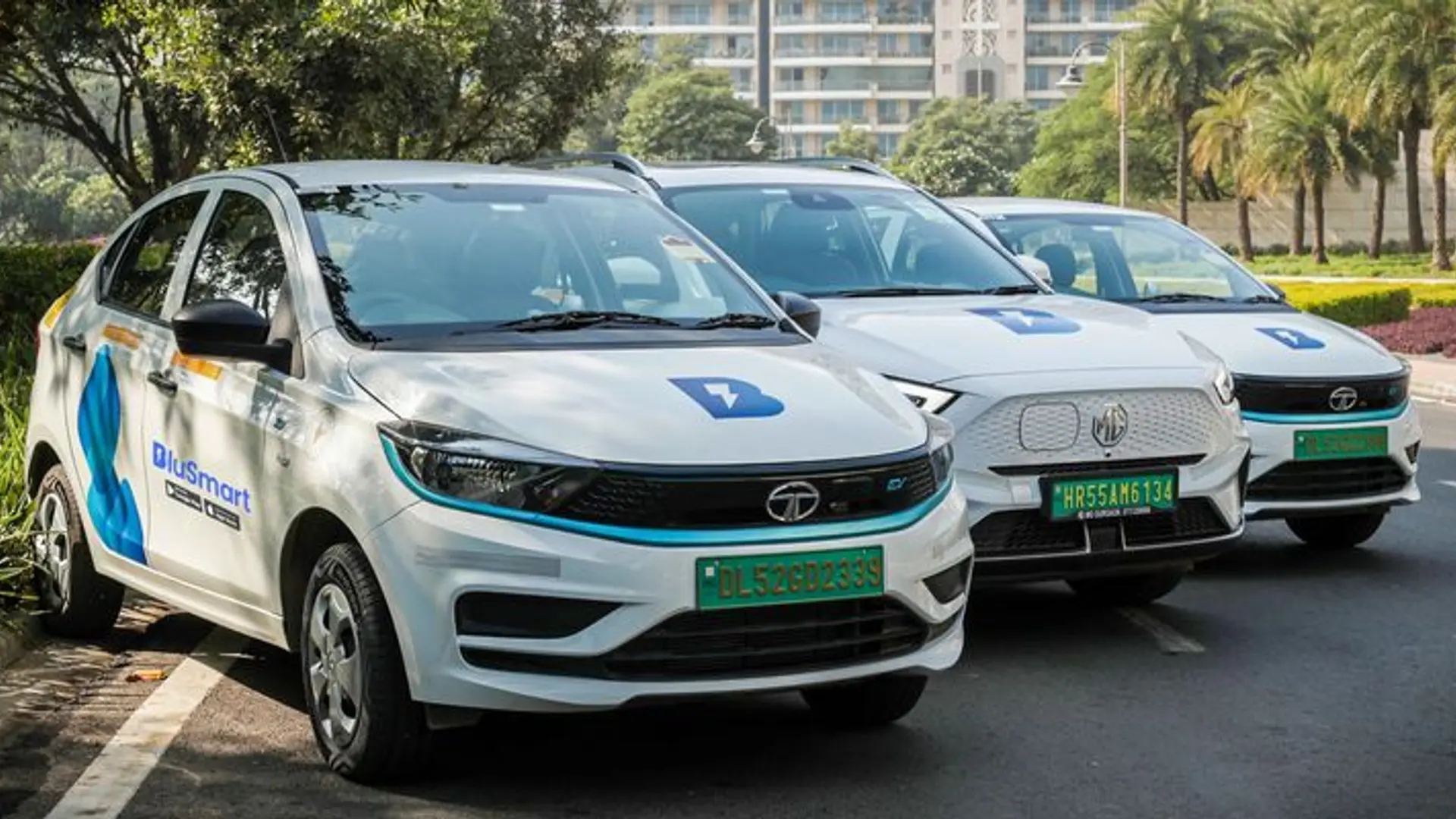
Beatitude
View Brand PublisherLack of price sensitivity in global markets increases opportunities for Indian brands, say experts
Industry experts discussed the potential of Indian D2C brands in global markets and how ecosystem enablers can facilitate the process, in a panel discussion at the premier edition of Brands of New India Mega Summit.
Since the advent of digital resources, the domestic market in India has seen several brands rise up to the challenge and make their mark in the ecosystem. Indian brands are now focused on building products that have the potential to attract customers worldwide, and this is giving wings to the Indian D2C dream.
The first edition of YourStory’s Brands of New India Mega Summit brought together several stalwarts from the D2C ecosystem for a panel discussion titled ‘Made In India… For The World!’ featuring Beatitude co-founder and MD Pushkar Shukla, founder and CEO Shivani Poddar, ’s Business Head Jatin Gujrati, and HSBC India Commercial Bank SVP and startup lead Dilip Gopinath.
Indian market vs global trends
Indians love variety in the products they browse, and Shivani says that acts as the value proposition of the Indian market. “When you compare that globally, it’s a very different market because for the global customer today, while value is important, they focus more on products rather than the price, which is different from what we see in India,” she says.
Pushkar agreed that consumers in India were more price-sensitive as compared to clients in global markets. He also noted that the average value of orders from outside the country was almost double as compared to orders within the country, and he said that a major reason is probably to save costs on shipping and other extra expenses.
Beatitude’s demand-pull model helps them keep updated on all global trends, said Pushkar, adding that these trends were quite different from Indian markets. “Global trends are based on various motives and colour palettes, and we keep an eye on all such factors so that our products are appreciated by our patrons globally,” he said.
Jatin spoke about the importance of having a unique value proposition to be set apart from the competition and described how Vedix used it to its advantage to achieve more penetration. He added that from the ecosystem perspective, it has become easier for brands to reach a larger audience but having a value proposition helps brands take better advantage of the base.
Speaking from the perspective of ecosystem enablers, Dilip spoke about how the global market is becoming smaller and how HSBC’s programs under international business banking help brands get onboarded in geographies they want to operate from. “We have also done a lot of work for structured solutions for these D2C brands. For example, if brands are selling on Amazon in the US, they need stock there, they’ll have some credit terms, and brands face challenges in structuring capital financing and the likes. These are solutions that we have solved for them,” he adds.
What sets new-age brands apart?
Speaking about the challenges faced by D2C brands while scaling globally, Shivani said that brands need to research and find out if the region they are targeting has a market for their product. “Value proposition is the first thing that companies need to look at and determine if it makes sense to go global for the brand,” she said.
Jatin added that having one’s own order management system not only helps in consolidating and processing orders but also in accessing data visualisation. “Having our own tech team made it easy for us to integrate into foreign tech systems through APIs. But the good thing for today’s ecosystem is that there are players out there who would do it for you and that you can integrate on a plug-and-play basis. Tech isn’t a challenge anymore, and there are multiple solutions available that brands can take off the shelf and get a consolidated view of the global operations, both D2C and marketplaces,” he said.
Technological enhancements in India, said Pushkar, have acted as a bridge between demographic boundaries. “With evolved technological apps, tools, and platforms, people are well connected and share similar interests with their family and friends. Shopping has also become far easier across the globe, and with the evolution of e-commerce, Indian products have become more visible to the global clientele,” he said.
Going international must be baked into the strategy of any D2C brand from day zero as it gives them a large field to play in, according to Jatin. He added that customers are now seeking out new-age brands that offer 10x more value than a conventional product while being willing to pay 2x the price to open margins that can be leveraged in other ways.
While there is a shift in the paradigm, Pushkar observed an expansion in the horizon which is more consumer-centric, where consumers are provided services with more consumer-oriented solutions, rather than just products and designs. “It is more about the consumer nowadays, and how easy and safe the technology offered to them is. This is how it is evolving, and this is the right time to look at it from a wider angle,” Pushkar added.
You can watch videos from all the sessions of Brands of New India Mega Summit here. Don't forget to tag #BrandsOfNewIndia when you share your experience, learnings, and favourite moments from the event on social media.
For information on future events, collaborations, and information regarding the D2C ecosystem, please visit our website.







